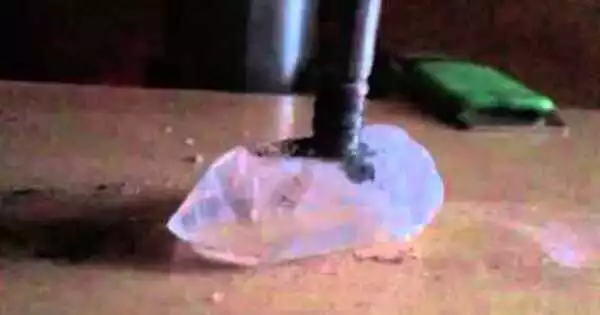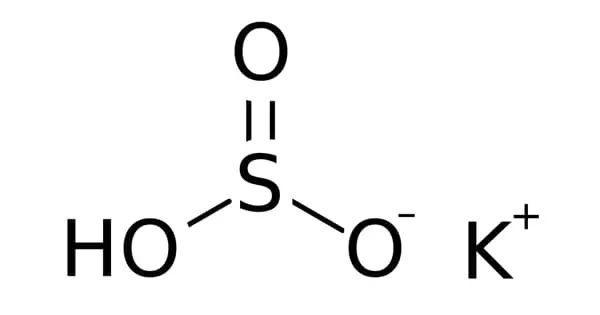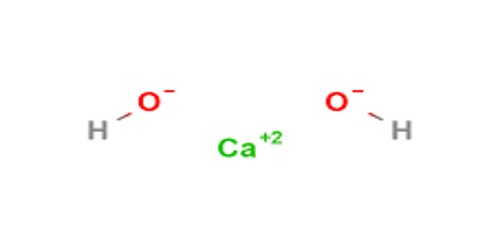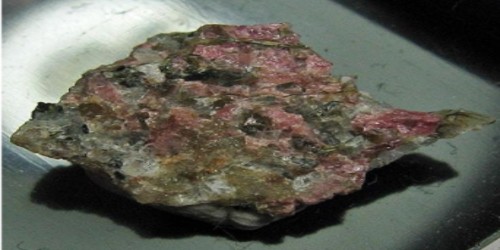Piezoluminescence refers to the phenomenon of the emission of light from a material when it is subjected to mechanical stress or pressure. This effect was first observed in 1605 by Francis Bacon when he noticed that sugar crystals emit light when crushed. However, it wasn’t until the 1950s that piezoluminescence was investigated more thoroughly.
Piezoluminescence is a type of luminescence caused by applying pressure to certain solids. Recombination processes involving electrons, holes, and impurity ion centers characterize this phenomenon. When subjected to pressure, some piezoelectric crystals emit a certain amount of piezoluminescence. Irradiated salts such as NaCl, KCl, KBr, and polycrystalline LiF (TLD-100) chips have been discovered to have piezoluminescent properties. It has also been discovered that when stressed, ferroelectric polymers exhibit piezoluminescence.
DMT, 5-MeO-DMT, and LSD have all been reported to exhibit piezoluminescence in folklore surrounding psychedelic production. According to the book Acid Dreams, Augustus Owsley Stanley III, one of the most prolific producers of LSD in the 1960s, observed piezoluminescence in the compound’s purest form, which Alexander Shulgin confirms: “A totally pure salt, when dry and shaken in the dark, will emit small flashes of white light.”
Occurrences
Piezoluminescence occurs when certain materials, such as crystals or semiconductors, are subjected to mechanical stress or pressure. This stress causes the crystal lattice of the material to deform, which in turn generates an electric field. This electric field can excite electrons in the material, causing them to emit light. The emitted light is usually in the visible spectrum, although it can also be in the ultraviolet or infrared regions.
Application
Piezoluminescence has several potential applications, including in the development of pressure sensors and in the study of materials science. For example, piezoluminescence can be used to study the deformation of materials under stress, which is important in fields such as engineering and geology. It can also be used to detect the presence of stress in structures such as bridges or buildings, which can help to prevent structural failures.
Piezoluminescence has a variety of potential applications, including in sensors, actuators, and displays. For example, it could be used to create pressure sensors that are highly sensitive and do not require external power. It could also be used to create self-powered displays that are activated by touch or vibration.
Overall, piezoluminescence is an interesting and useful phenomenon that has the potential to contribute to a wide range of technological advancements in the future.
















